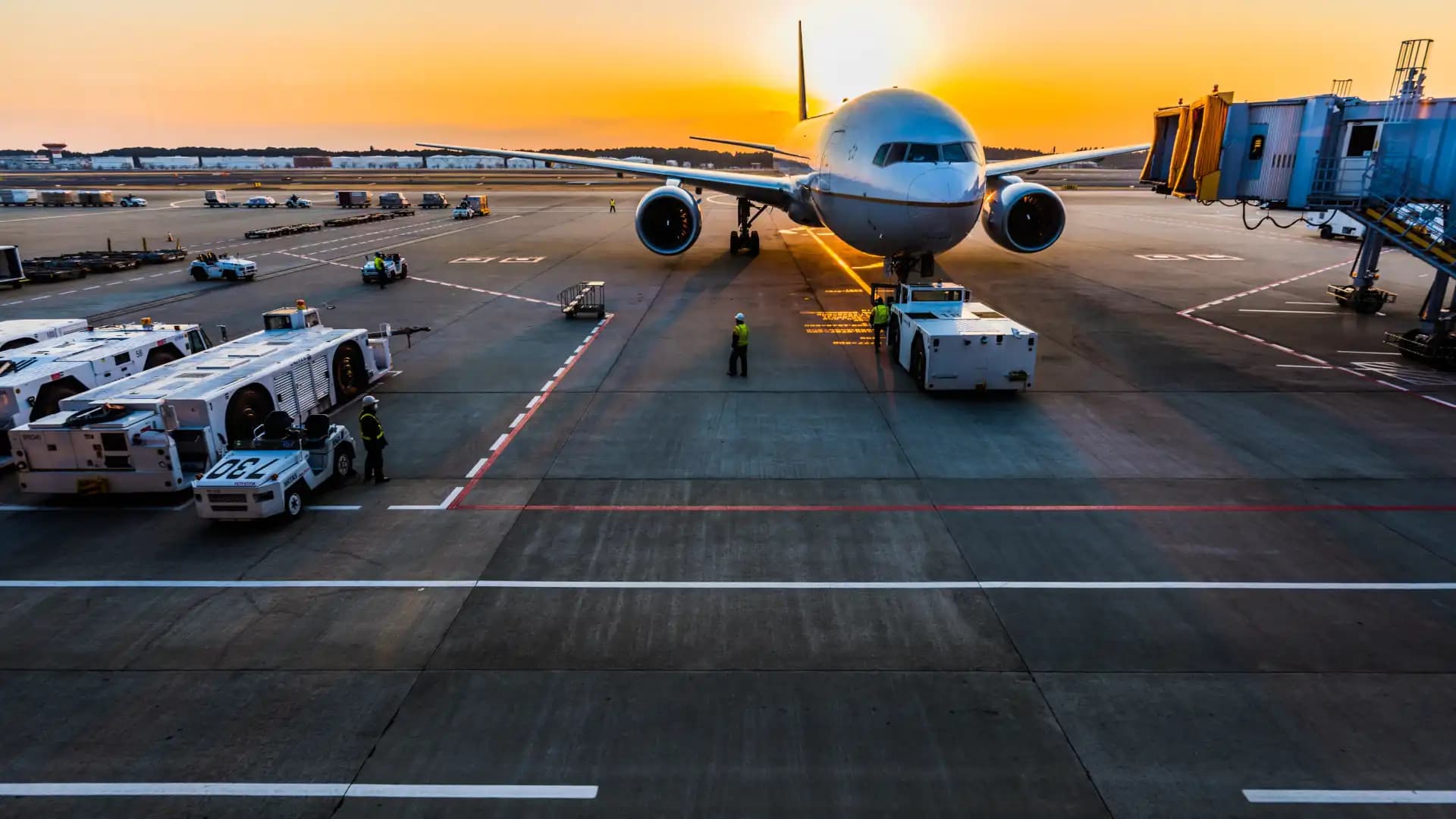Airports are critical infrastructures that require high-quality runways to ensure aircraft safety and efficiency. Airport runway materials must be durable, reliable, and capable of withstanding all conditions.
As leading asphalt contractors in Auckland, we’ll walk you through a few of the most common runway materials and their benefits.
Asphalt
Asphalt consists of aggregate, sand, and cement and is today’s longest-standing airport runway material. The flexible nature of asphalt allows it to withstand temperature changes without cracking. It can easily adapt to the expansion and contraction in changing temperatures. This feature makes it an ideal option for regions with extreme temperature variations.
Furthermore, asphalt has excellent friction characteristics, providing good traction for aircraft during takeoff and landing. It also offers excellent durability, making it suitable for high-traffic runways. Additionally, asphalt is relatively easy and quick to install, and workers can complete maintenance without causing significant disruptions to airport operations. Overall, asphalt is a cost-effective option for airports that require a durable and reliable material for their runways.
Concrete
The toughness of concrete has made it another popular choice for airport runway material. It consists of a mixture of cement, water, and aggregates such as sand, gravel, or crushed stone. Concrete’s strength and durability allow it to withstand significant deformation or damage from heavier or higher traffic on runways.
Concrete also has a much longer lifespan than asphalt, lasting up to 40 years with proper maintenance. The long life span of concrete makes it a more cost-effective option in the long run despite a higher upfront cost and installation time.
Porous Friction Course
Porous Friction Course (PFC) is a newer material that has gained popularity recently due to its excellent drainage and skid-resistant properties. PFC consists of an open-graded asphalt mix, which allows water to drain quickly, reducing the risk of hydroplaning and enhancing safety during wet weather conditions.
The unique texture of PFC provides excellent skid resistance, improving traction for aircraft during takeoff and landing. Overall, PFC offers superior safety, performance, and sustainability benefits, making it an ideal airport runway material.
Polymer-Modified Bitumen
This type of airport runway material is an evolution of traditional asphalt surfacing. It is made by adding polymers to the asphalt mixture, which improves its ability to resist deformation, cracking, and rutting, especially under heavy traffic.
Polymer-modified asphalt is more durable than traditional asphalt and has a longer lifespan. It is an excellent choice for high-traffic runways that require a higher level of durability and resistance to deformation. Additionally, it is easy to install and maintain, making it a cost-effective option for airport runways that experience heavy traffic.
Getting Our Airports Ready for Take-Off
There’s no such thing as a one size fits all airport runway material; each comes with benefits that make it suitable for various conditions. The key to finding the right material is knowing your specific needs and which solution aligns with your requirements.
TSL Group is Auckland’s civil construction specialist. We perform everything from asphalt surfacing to water blasting services, ensuring our airports remain tip-top. Get in touch today to find out more.


